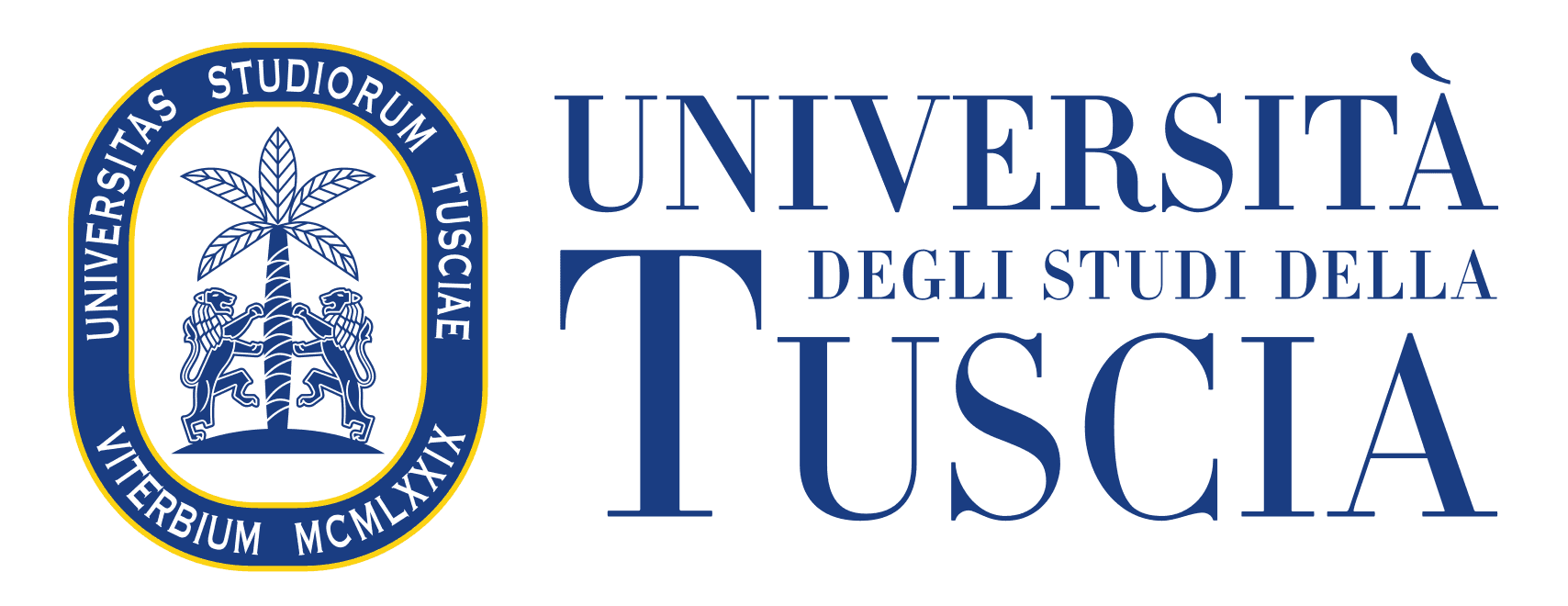
University of Tuscia
Green Education Ranking
#869
About University of Tuscia
The University of Tuscia - UNITUS , founded in 1979 is located in Viterbo (80 km North of Rome), with campuses in and around its historical centre and two campuses located respectively in Civitavecchia (Rome) and Rieti. The University of Tuscia with its highly innovative teaching focused on sustainability, ecological transition, renewable energy, has been recently confirmed among the 150 best young universities in the world with a student satisfaction rate among the highest in all of Italy for: occupational skills, the excellent professors-students ratio and technology-oriented administrative student services. With a focus on combining attention to the territory with a broad international scope, UNITUS is the perfect choice for a superb study experience in a student –friendly city that combines typical medieval character with modern facilities and services. The low costs of living permits many international students to live a stunning study experience both for social and academic life.
About World Green University Ranking
World
Green University Ranking 2024 is a
scholarly acknowledgment of educational
institutions standing at the forefront of
Education for Sustainable Development (ESD) and
leading the Green Education Transformation
(Education 6.0).
World Green University Ranking classifies
universities based on the six pillars of the
Holistic Green Education Framework, including
leadership governance, curriculum, innovation,
facilities, human capital, and community
partnerships.
The methodology employed in our Green Education Ranking is designed relying on the six pillars of the Holistic Green Education Framework. Each pillar contributes to the institution’s overall score, with a carefully assigned weight reflecting its significance in fostering sustainability. The total weight of the six pillars collectively amounts to 100%, signifying a balanced evaluation across critical dimensions of Green Education. Within each pillar, various standards are carefully assessed, with weights ranging between 1 and 2, emphasizing the varying importance of each criterion. This nuanced approach ensures a holistic evaluation and offers an insightful measure of universities commitment to Green Education Transformation (Education 6.0).
| # | Six Pillars of Green Education Framework (6Gs). | Weight |
|---|---|---|
| 1 | Green Educational Leadership | 14% |
| 2 | Green Curriculum | 17% |
| 3 | Green Innovation and Research | 19% |
| 4 | Green Facilities | 15% |
| 5 | Green Human Capital | 19% |
| 6 | Green Communities | 16% |
| Total | 100% |

